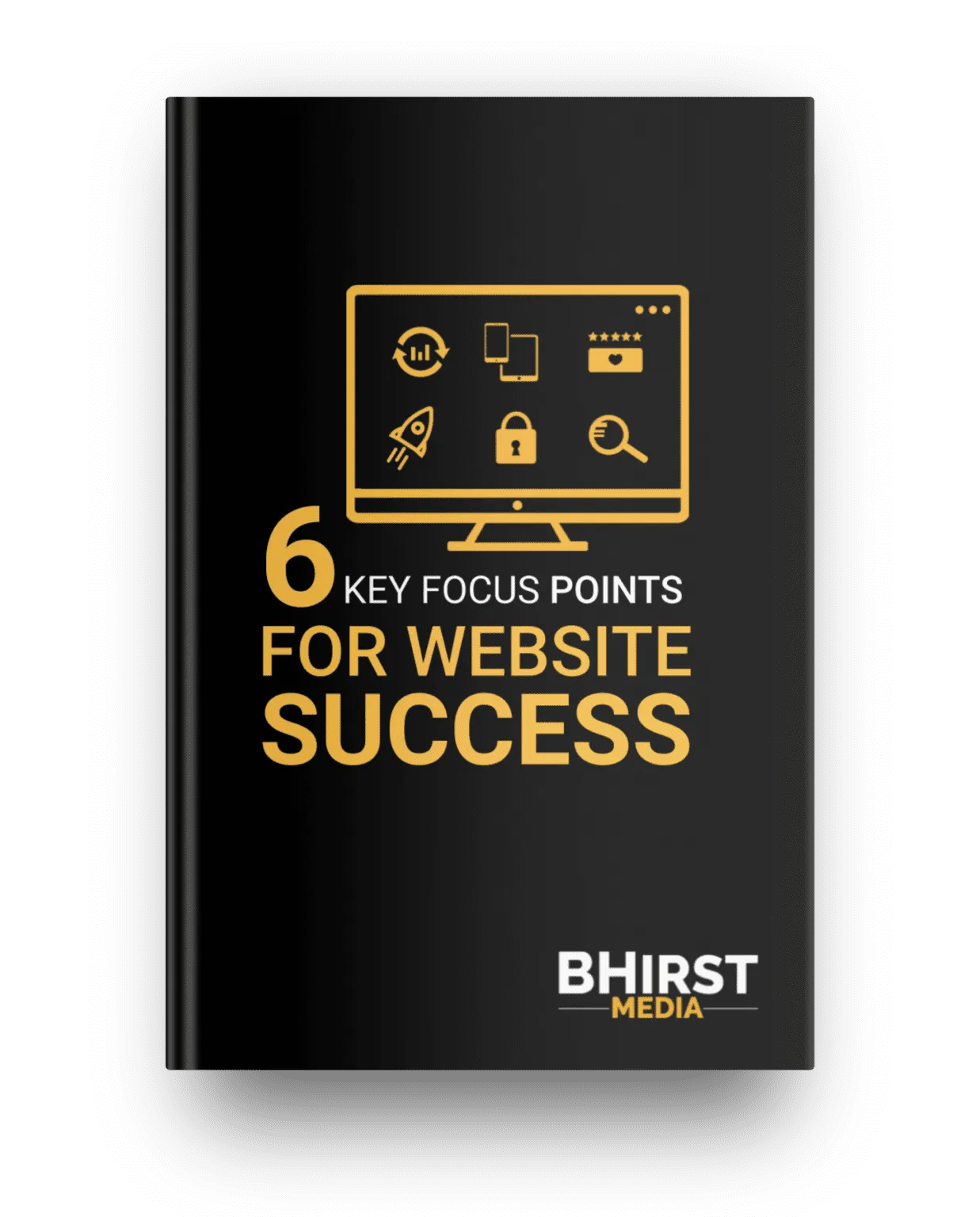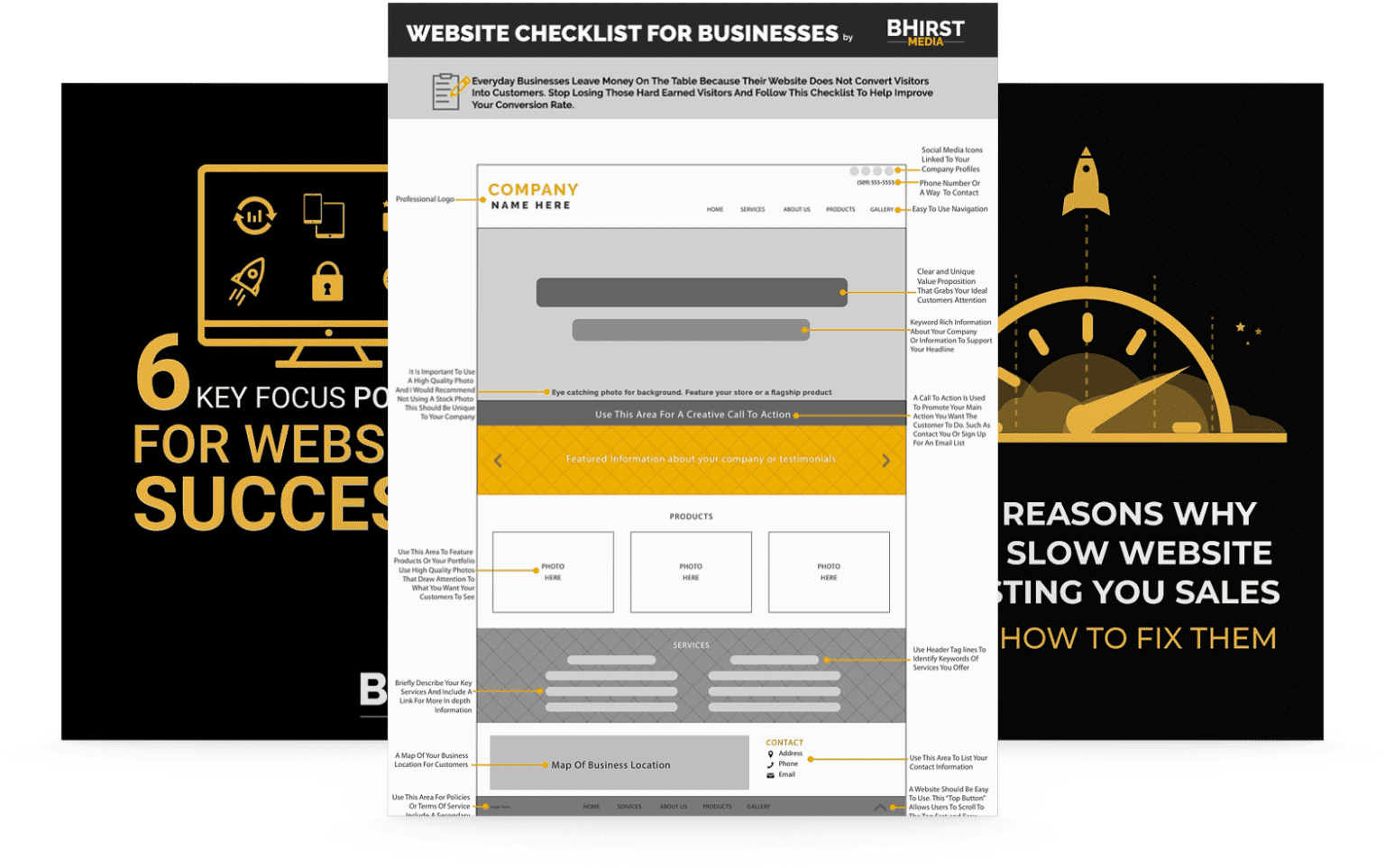
A carefully planned AI automation strategy empowers small businesses to capitalize on transformative technology without falling victim to costly errors. Up next, we delve into actionable steps and real-world examples to help you design and implement a winning approach tailored to your business needs.
Did you know that over 70% of AI initiatives fail due to poor planning and execution? For small businesses, this statistic is alarming. Yet, with a well-crafted AI automation strategy, your business can unlock greater productivity and cost savings while sidestepping the pitfalls that can derail progress.
In today’s digital landscape, AI tools are essential for simplifying operations, reducing decision fatigue, and optimizing human effort. But the path to AI success is riddled with challenges—from selecting the right tools to integrating them effectively into your unique workflow.
Let’s explore how strategic planning ensures impactful AI results, ultimately propelling your small business to new heights of operational efficiency across diverse sectors.
Following initial exploration of why AI strategies are important, it’s critical to understand the broad implications and benefits of integrating AI. The integration of AI technologies into small businesses is not just a trend; it’s a strategic move to enhance competitiveness. An AI automation strategy for small businesses can transform operational efficiency, reduce costs, and improve customer experience.
Research from McKinsey shows that up to 45% of the activities individuals are paid to perform can be automated, suggesting a significant potential for small businesses to leverage AI for growth. However, the adoption of AI isn’t just about implementing technology; it’s about aligning it with business goals to ensure sustainable growth and adaptability.
Success in AI automation requires more than a superficial application of technology. There must be a clear understanding of how AI can address specific business challenges while also being aware of the pitfalls and potential cultural shifts within the organization. Consider, for instance, how AI can revolutionize sectors beyond just technology: in healthcare, AI aids in diagnostic accuracy; in finance, it enhances fraud detection; and in marketing, it personalizes customer engagement.
A 2019 study by Deloitte Insights highlighted that companies with a data-driven culture are 2.3 times more likely to say their digital transformation initiatives outperform those of their competitors. This points to the necessity of not just adopting AI tools but also cultivating an environment where these tools can thrive.

Before diving into AI implementation, small businesses must conduct a thorough assessment of their needs. This involves planning AI automation with a focus on existing bottlenecks, inefficiencies, and areas where AI could provide the most value. Businesses might look at improving customer service through AI chatbots, automating inventory management, or streamlining accounting processes. This isn’t just limited to these areas; consider how legal firms might use AI for contract review or how environmental agencies can deploy AI for climate modeling. For instance, a study by Gartner, Inc. predicts that by 2024, customer service teams that use AI will improve their productivity by 25% compared to their colleagues not utilizing AI tools.
To ensure a successful strategy:
Creating a roadmap for AI implementation is vital to avoid common mistakes in AI automation. It’s not just about selecting the right software; it’s about strategically integrating AI into daily operations. A comprehensive strategy should include:
This roadmap should extend beyond initial deployment. Finance firms can plan to evolve AI use for sophisticated risk assessment, while educational institutions can aim for AI-driven personalized learning experiences.
When implementing AI, small businesses often fall into traps that can be costly in terms of time, resources, and morale. Common mistakes include:
These pitfalls appear across industries. Healthcare providers may overestimate AI’s diagnostic abilities, and retailers might expect AI to solve all inventory challenges without proper data input.
Boosting productivity with AI means using AI to automate mundane or repetitive tasks, freeing up human resources for more strategic roles. According to a report by PwC, AI could contribute up to $15.7 trillion to the global economy by 2030, with a significant portion coming from productivity gains. Here are some effective AI tools:
Beyond these, consider how AI boosts productivity in diverse fields. In legal, AI automates document review; in environmental science, it predicts deforestation patterns; and in education, it personalizes learning paths, optimizing educator time.
To ascertain the success of an AI automation strategy for small businesses, it’s crucial to measure ROI and relevant KPIs:
Ensuring these metrics are tracked and analyzed will provide small businesses with the data needed to refine their AI strategy for optimal results. These metrics extend across sectors, from healthcare (measuring improved patient outcomes) to finance (tracking reductions in fraud).

Following strategic planning, navigating the human elements—cultural shifts, employee adaptation, data privacy and security—becomes paramount. Integrating AI into a small business often requires a cultural shift. Employees might fear job displacement or change. To mitigate this:
This is especially important in sectors like education, where teachers need to understand AI’s role in personalized learning, and in legal, where paralegals must adapt to AI-driven document review.
Different sectors face unique data challenges. Healthcare must protect patient data, finance must secure transaction details, and marketing must handle customer data responsibly.
In conclusion, a well-designed AI automation strategy serves as a powerful tool for small businesses striving to optimize operations and remain competitive. By addressing your business needs, setting clear objectives, and navigating potential challenges like cultural adaptation and data privacy, you can seamlessly integrate AI into your workflows.
Looking ahead, businesses that embrace adaptable strategies and data-driven decision-making will lead in an increasingly competitive landscape. Whether through emerging technologies, customer-first innovation, or operational agility, the next era of success will belong to those who can not just adapt—but anticipate change. The real question isn’t if you’ll adopt these advancements—but how effectively you’ll use them to gain a competitive edge.
